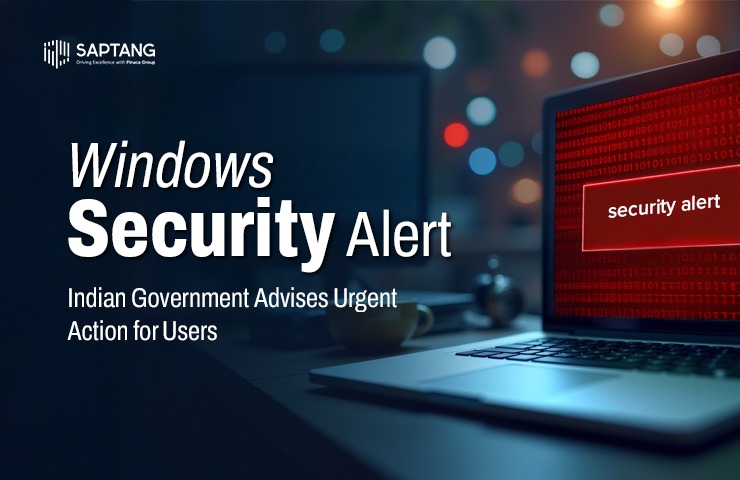
A Windows Security Alert issued by the Indian Government has raised red flags across the country’s digital landscape. The alert, which comes from CERT-In (Indian Computer Emergency Response Team), highlights critical vulnerabilities in Microsoft’s Windows operating system that could expose users — from individuals to large enterprises — to serious cyber risks if left unpatched.
In an age where data breaches are becoming a weekly headline, this warning isn’t something users can afford to ignore. Whether you’re working remotely, managing business systems, or simply browsing from a personal laptop, this alert affects you directly.
The official advisory from CERT-In points to multiple high-severity vulnerabilities in Windows systems, specifically impacting both desktop and server versions of the OS. These flaws could allow malicious actors to execute arbitrary code, access confidential data, or even take full control of affected machines.
In its warning, the government urged all Windows users — including businesses, government agencies, and everyday individuals — to install the latest patches released by Microsoft as part of its regular update cycle.
A Quick Snapshot:
Cybersecurity experts have repeatedly warned that operating system vulnerabilities are among the most commonly exploited weaknesses by cybercriminals. Once a vulnerability is made public — as is the case here — hackers often act fast to create tools or malware that take advantage of unpatched systems.
India has witnessed a notable increase in cyberattacks over the past year. From ransomware attacks on critical infrastructure to phishing campaigns targeting citizens, the threat landscape is more active than ever.
This Windows Security Alert comes at a time when many organizations are still navigating hybrid work environments, often with outdated systems or lax patching routines — a perfect storm for exploitation.
The government’s advisory wasn’t just a generic suggestion — it was a call to immediate action. Here’s what users can do to protect their systems and data:
Check for Windows Updates and apply all critical security patches. Go to Settings > Update & Security > Windows Update and click Check for updates.
Ensure your system is set to install updates automatically so future patches are applied without delay.
Whether you’re an individual or enterprise, antivirus and endpoint protection solutions provide an extra layer of defense against known exploits.
Avoid downloading attachments or clicking on unknown links — these are common delivery mechanisms for malware exploiting such vulnerabilities.
Always have recent backups stored offline. If something goes wrong, a backup can save your business from massive losses.
For IT administrators and security teams, this alert should trigger a review of your organization’s patch management strategy. Delays in applying critical updates are one of the most common reasons businesses fall victim to ransomware and data breaches.
Make sure your enterprise systems are updated, especially those exposed to the internet or used for remote access. If patching immediately isn’t possible due to operational constraints, consider isolating vulnerable machines or applying virtual patches until updates can be safely rolled out.
This isn’t just a technical issue — it’s a national concern. With the Indian Government’s ongoing digital transformation efforts, including smart cities, digital banking, and public services, the importance of cybersecurity can’t be overstated.
As attackers become more sophisticated, even state-backed, every vulnerability becomes a potential doorway into the nation’s digital infrastructure. This Windows security warning should be seen as part of a larger pattern — and a reminder that robust cybersecurity hygiene must be a shared responsibility.
The collaboration between public advisories like CERT-In and private organizations is vital to maintaining a secure ecosystem. Alerts like these are not just about Windows — they’re about building a culture of awareness and proactive defense.
If you’ve been putting off a system update or ignoring security warnings, now is the time to act. The Windows Security Alert issued by the Indian Government is not just a suggestion — it’s a clear sign that cyber threats are evolving rapidly, and even trusted platforms like Windows can become liabilities without timely action.
Stay informed. Stay updated. And most importantly, take cybersecurity seriously — for yourself, your business, and the broader digital community.